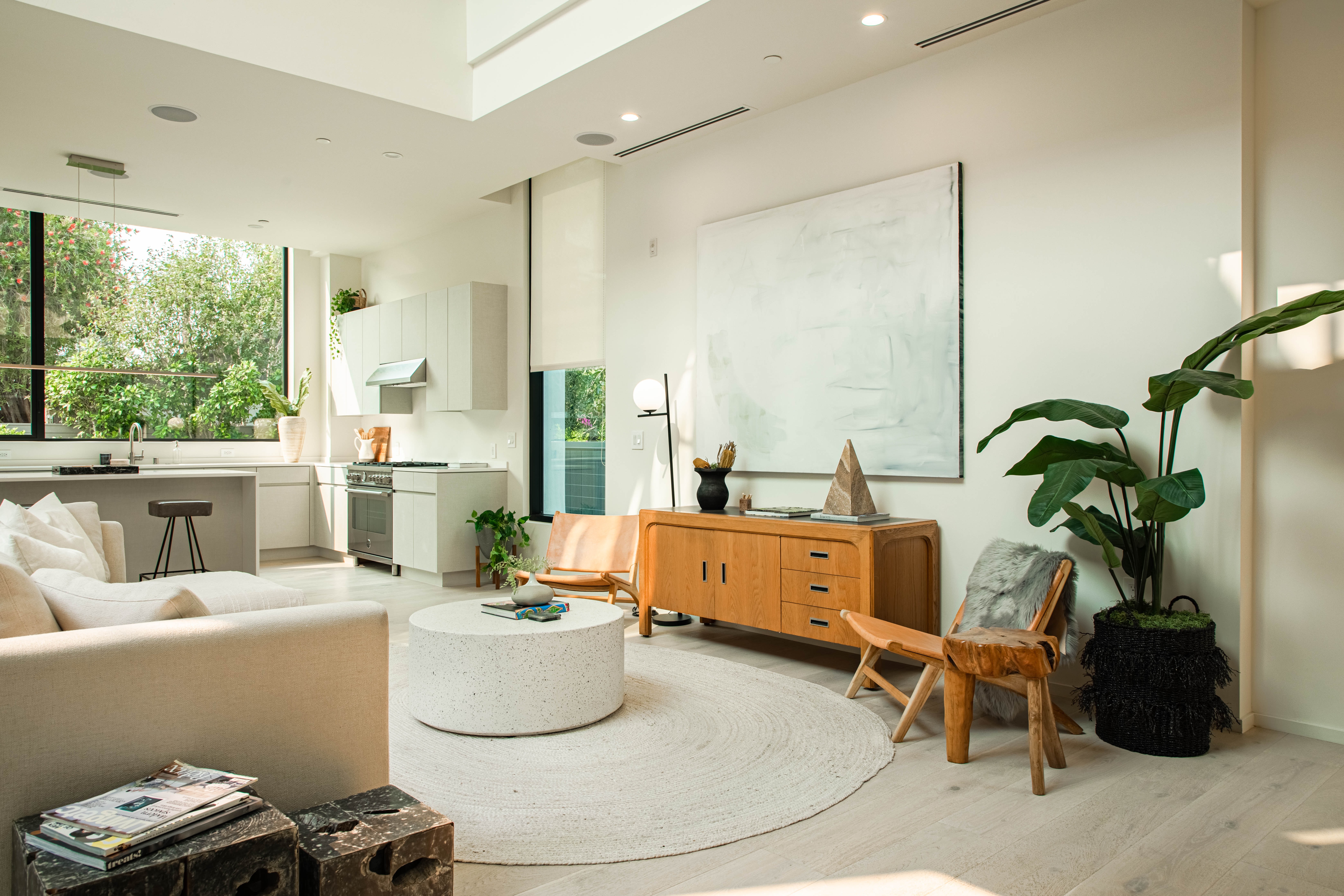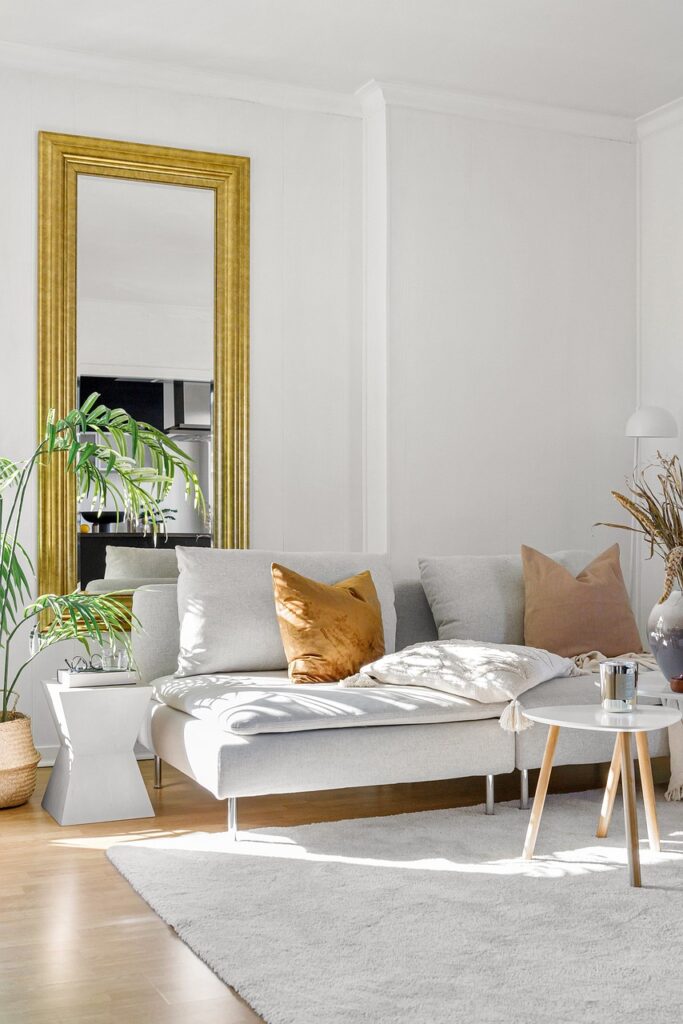Natural Light in Design
The importance of natural light in residential design cannot be overstated. Natural light has a wealth of benefits, both aesthetic and functional. It can bring warmth and life to a room, as well as providing health benefits for occupants. In this article, we will explore the various ways natural light can transform your home design and its inhabitants.

Benefits of Natural Light
Natural light in a home not only brings benefits to the inhabitants but also to the house itself. One of the main benefits is that it can help reduce the need for artificial lighting, which can save on energy costs. This can lead to cost savings on electricity bills. Natural light also helps to create a warm and inviting atmosphere, making the home feel more open and spacious.
Additionally, natural light can help to highlight architectural features of the house, such as high ceilings or unique architectural details, making the home more visually appealing. Furthermore, natural light can help to reduce the need for artificial light, which can decrease the risk of fading or discoloration of furniture, flooring, and other household items.
Overall, incorporating natural light into a home design can greatly enhance the overall aesthetic appeal and energy efficiency of the house.
Incorporating Natural Light
Incorporating natural light into a home design can be done in a variety of ways. One way is to make use of large windows or skylights to allow for maximum light penetration. Another way is to use reflective surfaces such as light-colored walls and floors to help bounce light deeper into the room.
Additionally, using glass walls or doors can also help bring natural light into a room. Using a light-colored roof can also help to reflect more light into the house. Incorporating a solarium or atrium can also be a great way to bring natural light into a home. It’s also important to consider the location and orientation of the house when designing it to make the most of natural light. For example, a house that faces south will receive more sunlight than one that faces north.
Another technique is to use a method called passive solar design which uses the sun’s energy to heat, cool and light the house. This can be done through the use of thermal mass such as concrete flooring, large windows or glass doors facing south, and insulation to retain the heat.
Incorporating natural light into a home design can greatly improve the overall health and well-being of its inhabitants, as well as reduce energy costs. It’s important to consider the orientation and location of the house, as well as the use of reflective surfaces, large windows, skylights and solariums.
Challenges of Natural Light
There are several challenges that can arise when incorporating natural light into a home design. One of the main challenges is ensuring that the natural light is properly distributed throughout the house. This may involve the use of mirrors, skylights, and other reflective surfaces to help bounce light deeper into the room. Another challenge is controlling the amount of light that enters a room. This can be done through the use of window coverings such as shades, blinds, or curtains.
Another challenge is dealing with the heat gain from the sun, which can make a room uncomfortably hot during the summer months. This can be mitigated by incorporating shading devices such as overhangs, awnings, or shading screens, or by using window film or tinting to reduce heat gain.
Another challenge that arises is the glare caused by direct sunlight. This can be reduced by using window treatments such as curtains, shades or blinds, or by using strategically placed window film or tinting.
Additionally, privacy is also a concern when incorporating natural light into a home design. This can be addressed by using frosted glass, tinting, or window coverings to block views from the outside while still allowing light to enter the room.
Overall, while incorporating natural light into a home design can bring many benefits, it also comes with its own set of challenges. These can include controlling the amount and distribution of light, dealing with heat gain and glare, and preserving privacy.
Impact on Health and Wellbeing
Natural light in a home has numerous benefits for both physical and mental health. For starters, it can help improve sleep patterns and increase energy levels during the day. Natural light also helps regulate the body’s circadian rhythm, which can lead to better overall health and well-being.
Additionally, natural light can help boost mood and reduce symptoms of depression and seasonal affective disorder. It can also be beneficial for the skin, as it helps the body produce Vitamin D, which is important for maintaining healthy bones and a strong immune system.
Furthermore, natural light can also help reduce the need for artificial lighting, which can save on energy costs. Overall, incorporating natural light into a home can greatly improve the overall health and well-being of its inhabitants.
Conclusion: Embracing Natural Light
In conclusion, natural light is essential when it comes to residential design. It can help to create an inviting and calming atmosphere, reduce energy costs, and improve overall health and well-being.
For those reasons, it is important to embrace natural light in residential design whenever possible. Architects, designers, builders, and homeowners alike should consider the benefits of having plenty of natural light in the home when planning future projects.
If you are looking for a top-notch architectural design firm with a focus on custom home designs, sustainability, and customer satisfaction, look no further than Realigned Design Inc. Contact them today to start creating your dream home!

